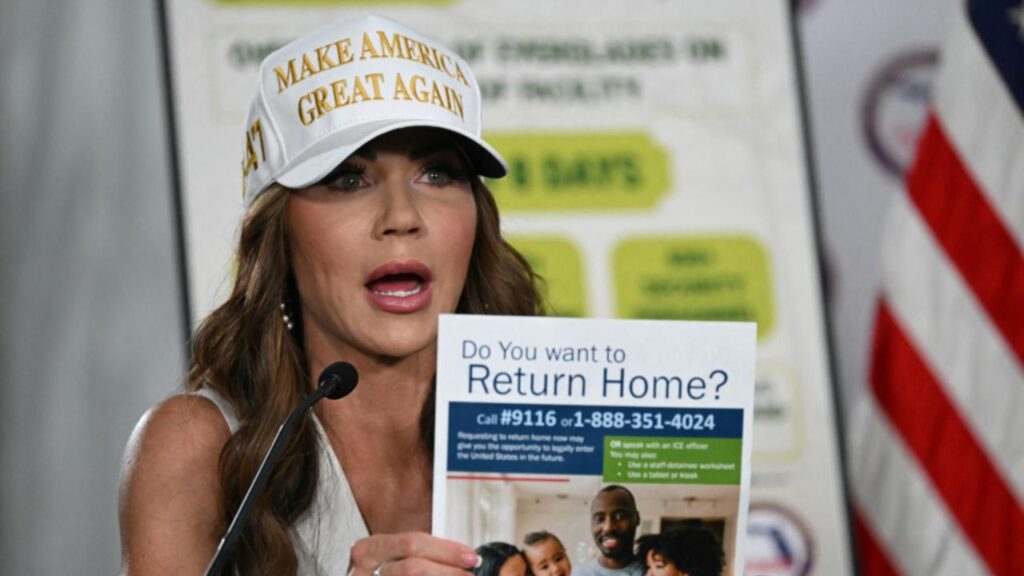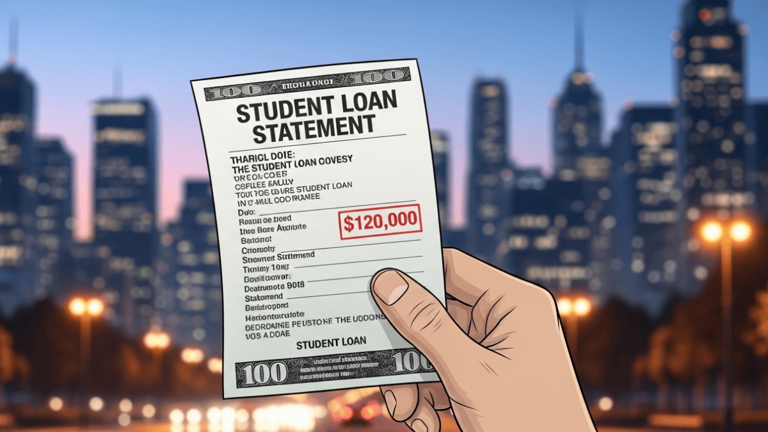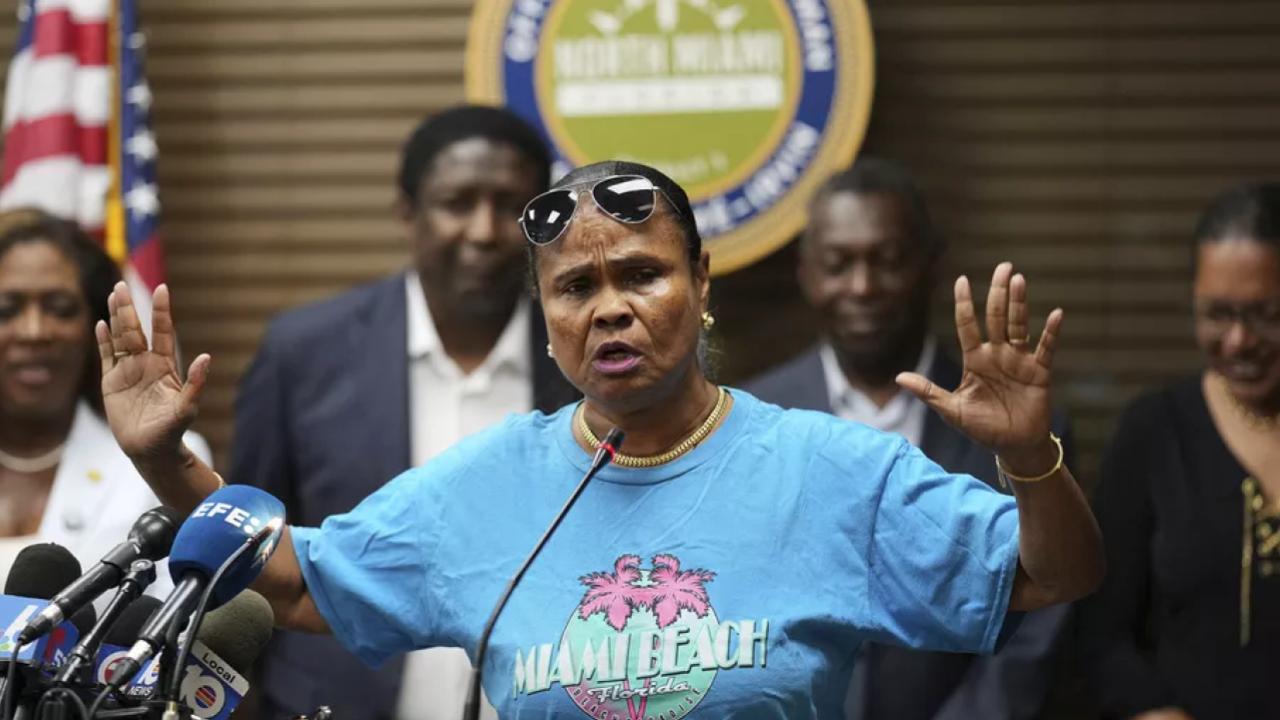In a stunning turn this July, former President Donald Trump unveiled a sweeping overhaul of federal student loan forgiveness, targeting key programs like Public Service Loan Forgiveness (PSLF) and income-driven repayment plans. For millions of borrowers, this announcement could completely change their path to financial freedom.

Trump’s Surprise Move: Massive Shake-Up to Student Loan Forgiveness
| Takeaway | Stat |
|---|---|
| PSLF overhaul | Could disqualify nonprofits or public agencies on subjective grounds |
| Income-driven cuts | Existing plans like SAVE, PAYE, and ICR to be eliminated by July 2026 |
| Repayment options shrink | Borrowers will have only two repayment choices: Standard (10–25 years) or RAP (30 years) |
Trump’s proposed student loan overhaul redraws the map for millions of Americans. With fewer options, tougher rules, and potential disqualification risks, borrowers need to act quickly, document everything, and stay tuned for legal developments.
Public Service Loan Forgiveness: A New Gatekeeper
Under Trump’s proposed changes, the PSLF program faces major restrictions. Perhaps the most controversial is giving the Education Secretary authority to deny forgiveness eligibility to entire employers based on vague criteria such as engaging in “illegal activity” or certain types of healthcare services. This could exclude hospitals, school districts, and nonprofit organizations that have long qualified.
“This would be a bureaucratic nightmare. Even a small mistake could jeopardize years of service,” said Angela B., a public defender relying on PSLF for her $115,000 loan.
This means public servants—teachers, social workers, firefighters—could find themselves retroactively ineligible despite years of qualifying payments. Over a million borrowers currently track toward PSLF, many of whom may now face disqualification.
A Simpler, But Stricter Repayment System
Trump’s legislation, dubbed the “One Big Beautiful Bill,” aims to simplify repayment but at significant cost to flexibility. It would:
- Eliminate all current income-driven repayment (IDR) plans: SAVE, PAYE, ICR, REPAYE.
- Introduce just two new repayment options:
- Standard Plan: Fixed payments over 10 to 25 years.
- RAP (Repayment Assistance Plan): Payments based on 1–10% of income with forgiveness after 30 years.
- Cap federal loans at $200,000 for professional degrees, $100,000 for undergrad, and $65,000 for Parent PLUS. Grad PLUS loans would be eliminated.
- Slash deferment options—no more breaks for unemployment or economic hardship.

Outcome-Based Funding and Aid Reform
The bill also pushes a performance-based model for federal aid. Schools whose graduates consistently earn below the median wage could lose eligibility for federal funding. On the flip side, Pell Grants would expand to cover short-term vocational and workforce training programs.
Impacts on Borrowers
For many, the overhaul means starting from scratch. Those on IDR plans will be rerouted into one of the new repayment options. Forgiveness timelines may reset. Public employees must recertify their employer’s eligibility under the new rules, a process that could disqualify them retroactively.
From my own experience guiding clients through PSLF applications, I can say: this is a paperwork mountain. And now, that mountain just got taller.
What Borrowers Should Do Now
- Audit your current forgiveness plan: Especially if you’re on SAVE, PAYE, or PSLF.
- Recertify employment and payments ASAP: To lock in current progress.
- Plan for transition: Prepare for a shift into RAP or the Standard Plan.
- Stay updated: The public comment period is open before final rules lock in by mid-2026.
FAQs
Will current PSLF participants be grandfathered in?
Maybe. But if your employer becomes ineligible under the new rules, your progress could be voided.
Can I still apply for SAVE or PAYE?
Yes, for now. But those plans will be discontinued in 2026.
What happens to my progress toward forgiveness?
You may be moved to a new plan with a longer timeline, especially under RAP.






